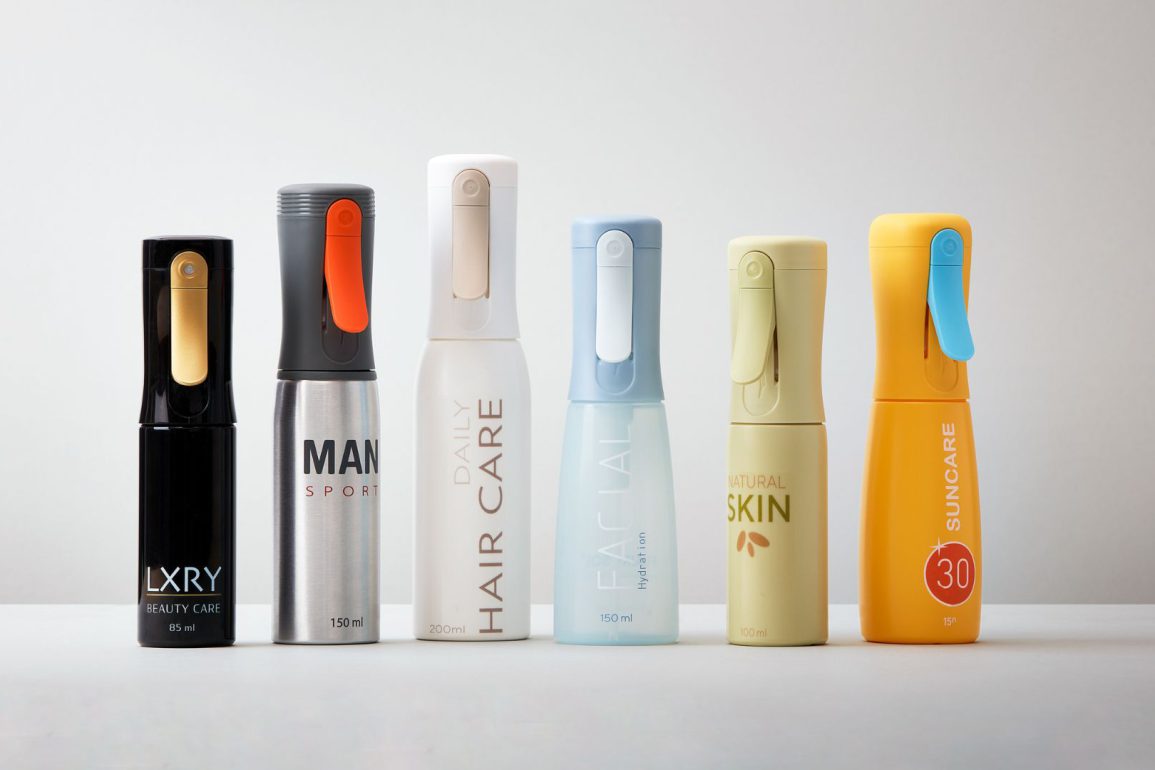Recently, we had the pleasure of engaging in a thought-provoking conversation with Dutch designer Robert Bronwasser, founder of the Amsterdam-based Robert Bronwasser design studio. We were discussing his upcoming Milan event, but the conversation quickly pivoted to a question that has been swirling in the design world for some time: what truly defines a sustainable product?
Redefining Sustainable Design: A Focus on Longevity
While there’s no single answer, and a focus on circular principles throughout the entire production process has become increasingly important, Robert’s perspective resonated deeply with me. He emphasized a concept that I believe deserves more attention: the enduring value of creating products built to last.
In today’s world of fast fashion and disposable electronics, the idea of a product lasting a lifetime might seem almost quaint. Yet, Robert’s point goes beyond mere physical durability. He argues for a design philosophy that prioritizes not just longevity, but also user experience.
The User Experience Revolution: Designing Products We Love to Use
According to Robert, “For me, a good design is a product that will stand the test of time, one that people find joy in using every day. This is achieved by carefully considering every aspect – from its utility and design to the quality of materials and construction.”
This holistic approach to design creates products that are not only sustainable from an environmental perspective but also emotionally sustainable. These are products that become cherished companions, seamlessly integrating into our lives and resisting the urge for constant replacement. In an era of overconsumption, Robert’s focus on creating long-lasting, user-centric designs feels refreshingly progressive.
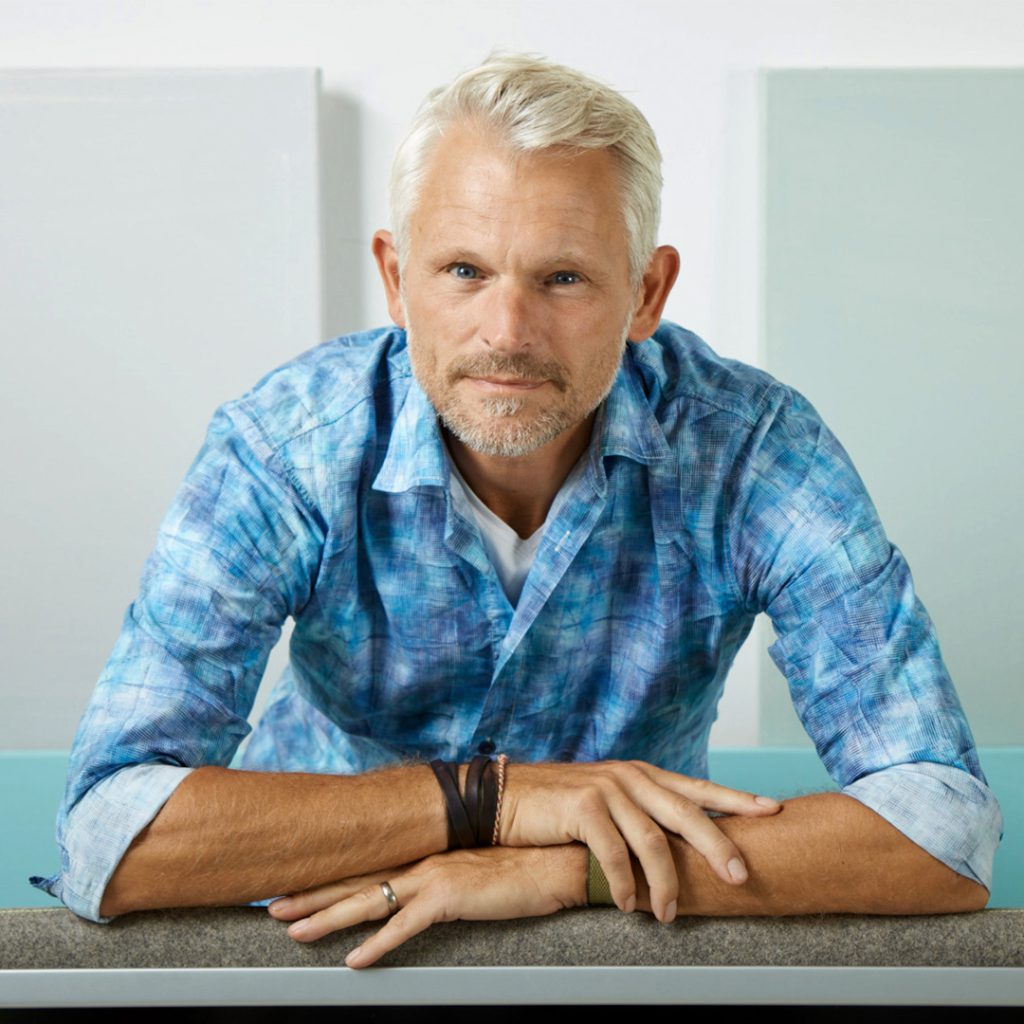
Robert’s emphasis on longevity sparked a nostalgic journey back to my childhood. Back then, the core promise of product companies seemed self-evident: to create items built to endure, to withstand the relentless march of time and use. Durability wasn’t just a selling point; it was an unspoken expectation. Products were crafted with the intention of lasting generations, often becoming cherished heirlooms passed down with pride.
The Rise of Planned Obsolescence: Short-Term Gains at a Long-Term Cost
However, in recent years, a distinct shift has occurred. The specter of planned obsolescence has loomed large, with companies prioritizing short-term profits over long-term value. To compete in fierce price wars, material quality has been sacrificed, knowingly shortening the lifespan of products and accelerating the consumption cycle. This begs a crucial question: if we return to a paradigm of products built to last, how will companies need to adapt their business models to thrive in this new landscape?
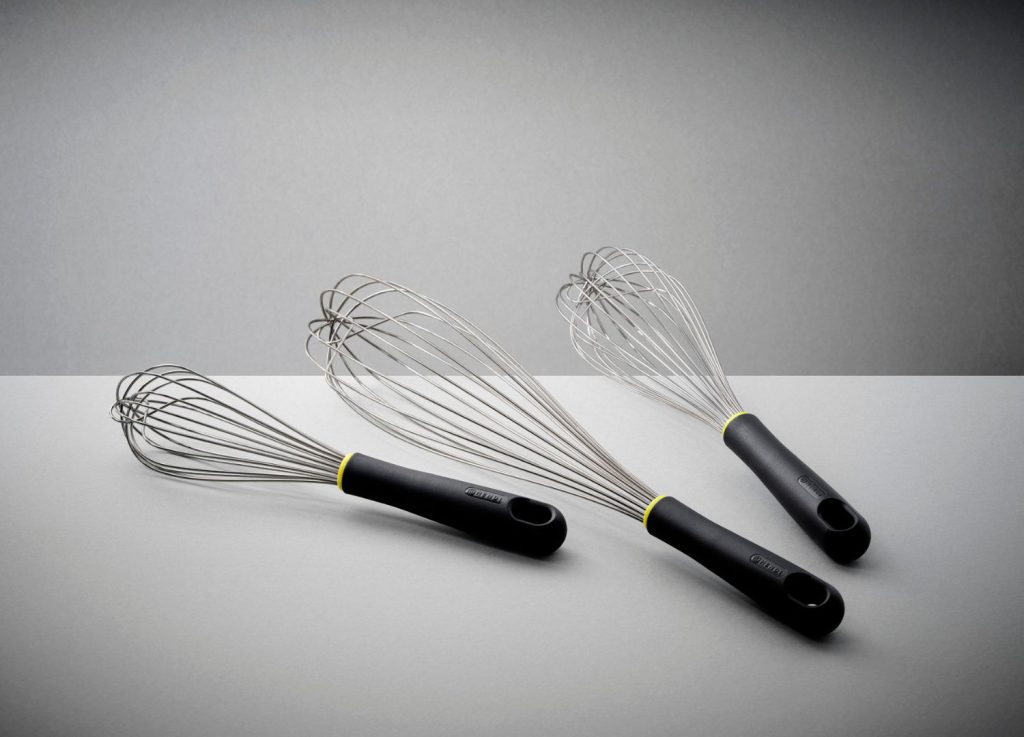
This may seem like a minor detail, but it is not. Reducing sales to make purchases more conscious and of higher quality will have an impact on revenue. Therefore, I believe that companies are at a crossroads where they need to understand that addressing sustainability issues requires a focus on value-added services, where products can become commodities and consumers receive value in other ways.
After our conversation, we also asked Robert a few questions, in line with the prediction of his exhibition project, which will be held during Milan Design Week in April.
At the event “Masterly – The Dutch in Milan”, Robert Bronwasser will present his approach to sustainable design through four pioneering ideas in the fields of transportation, food, technology, and housing. The emphasis is on creating sustainable solutions. He believes that the future requires not only upgrading existing systems but also a revolutionary change in design philosophy and methodology.
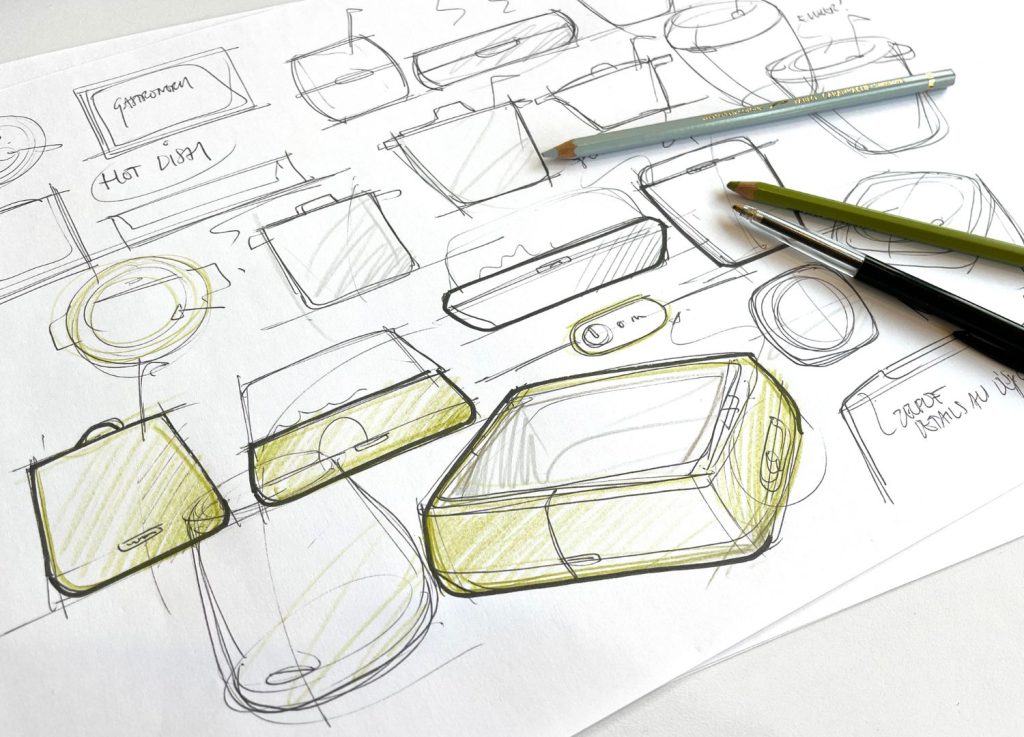
According to Robert Bronwasser studio, what three key principles should guide the development of sustainable products?
Robert Bronwasser responds:
“In my view, they are:
1. Does it serve a purpose? Before development begins, consider if the product truly fulfills a need. Does it solve a problem, enhance something, or offer a new benefit? Many new products are simply variations on existing themes or make simple tasks overly complex.
2. User-centered and eco-friendly design: If a product addresses a genuine need and offers value, can it be designed with clarity and simplicity, keeping both the user and the environment in mind?
3. Durability is key. Avoid creating products with short lifespans based on fleeting trends. Instead, focus on well-designed products built to last. This means considering longevity in design, functionality, and quality.”
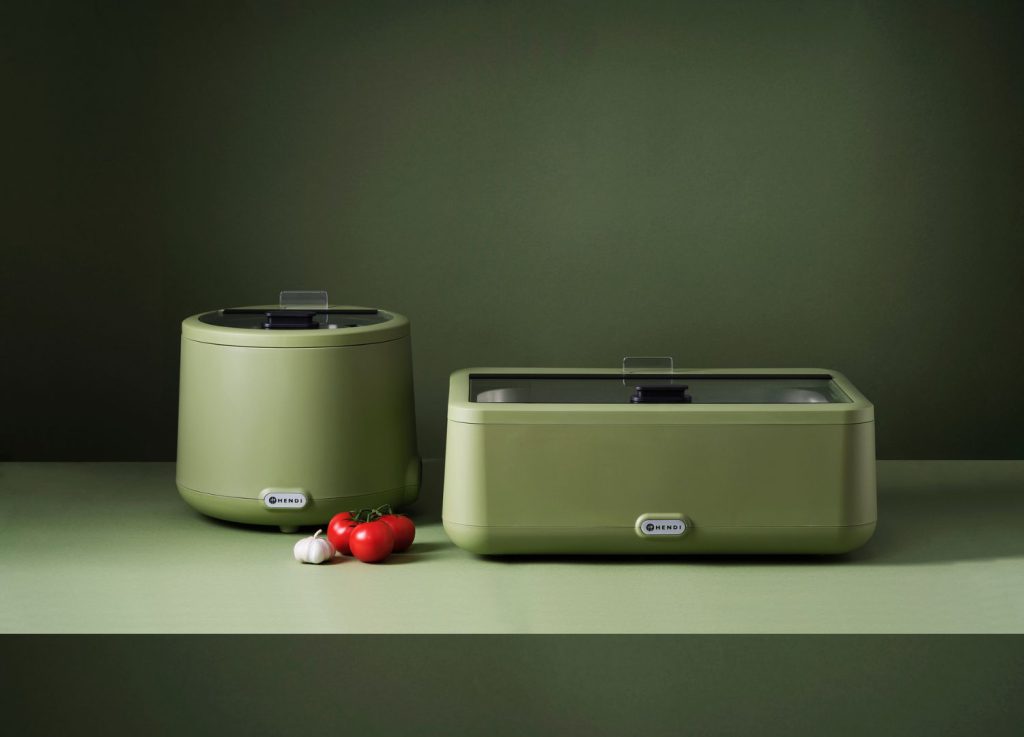
Robert Bronwasser offers his approach:
“For me, a product’s core always lies in its function and intended use. This means asking fundamental questions: Why does it exist? What purpose does it serve? How will people interact with it? Designing a logical and user-friendly experience is the foundation of good design. This is where the process invariably begins.
Throughout this process, I consider the impact of social changes, the integration of new technologies, and the cultural context in which the product will be used. Since products are designed for longevity, it’s crucial to ensure their continued relevance as these factors evolve.”
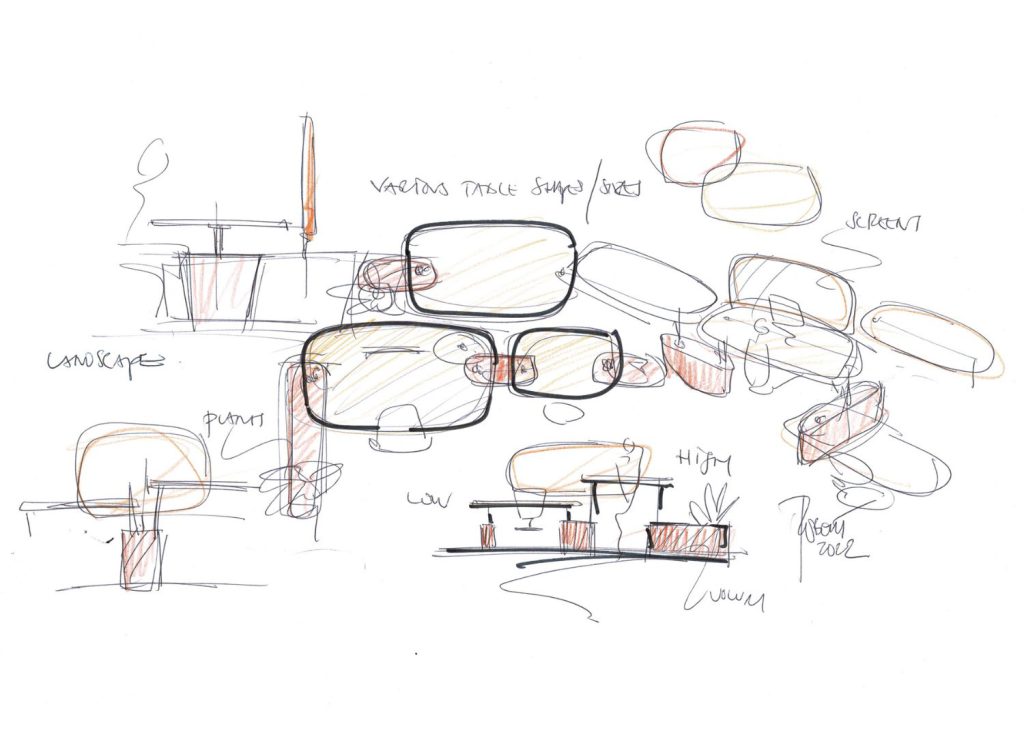
What core principles should guide the development of these groundbreaking design concepts, and to which product categories can they be most effectively applied?
Robert Bronwasser shares his insights:
“Advancements in technology and significant social shifts can necessitate a product archetype overhaul. A prime example is the telephone. The transformation from a landline to a smartphone represents a completely new archetype.
Conversely, some product categories exhibit a much slower pace of change. Take electric bikes and cars, for instance. In my view, these products cling too closely to their outdated archetypes, even though technological progress and evolving usage patterns offer ample opportunities for innovation.”
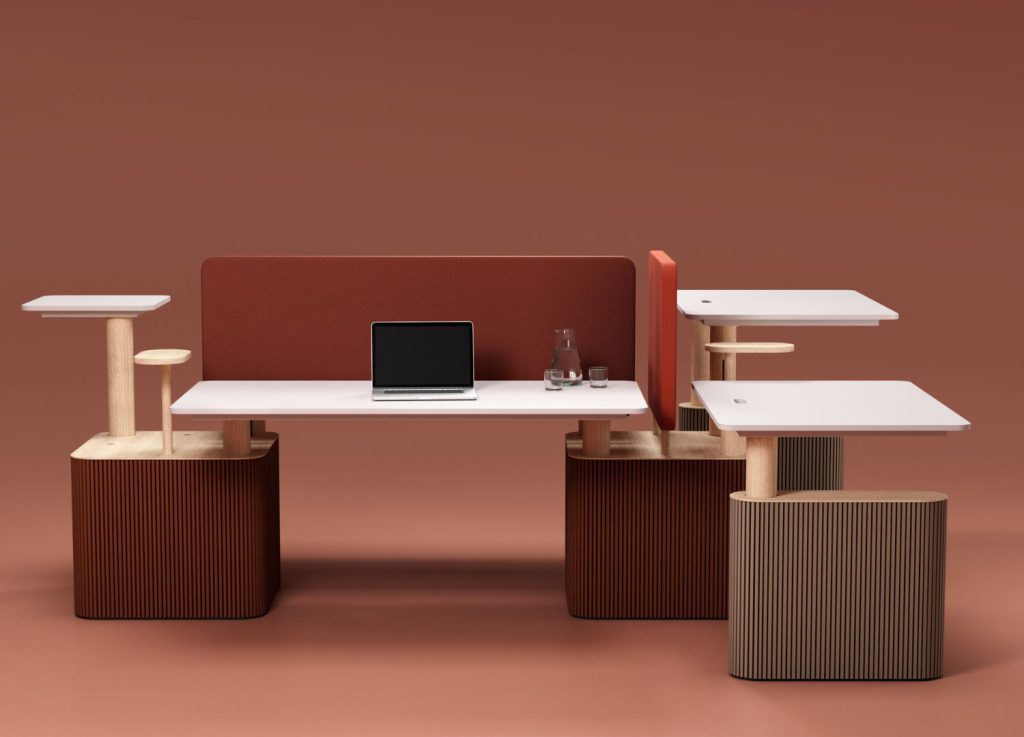
How can designers be at the forefront of driving environmentally conscious practices within leading companies? Additionally, what concrete steps can they take to ensure their ideas are not just heard, but actively adopted and implemented?
Robert Bronwasser’s perspective:
“Designers must remain at the forefront of innovation by continuously inspiring with new ideas and tangible examples. Environmental efficiency goes beyond simply using recycled materials or creating circular product lifecycles. It starts with a fundamental reevaluation of a product’s purpose and the solution it provides. Now more than ever, it’s crucial for designers to develop novel solutions and explore new possibilities.”
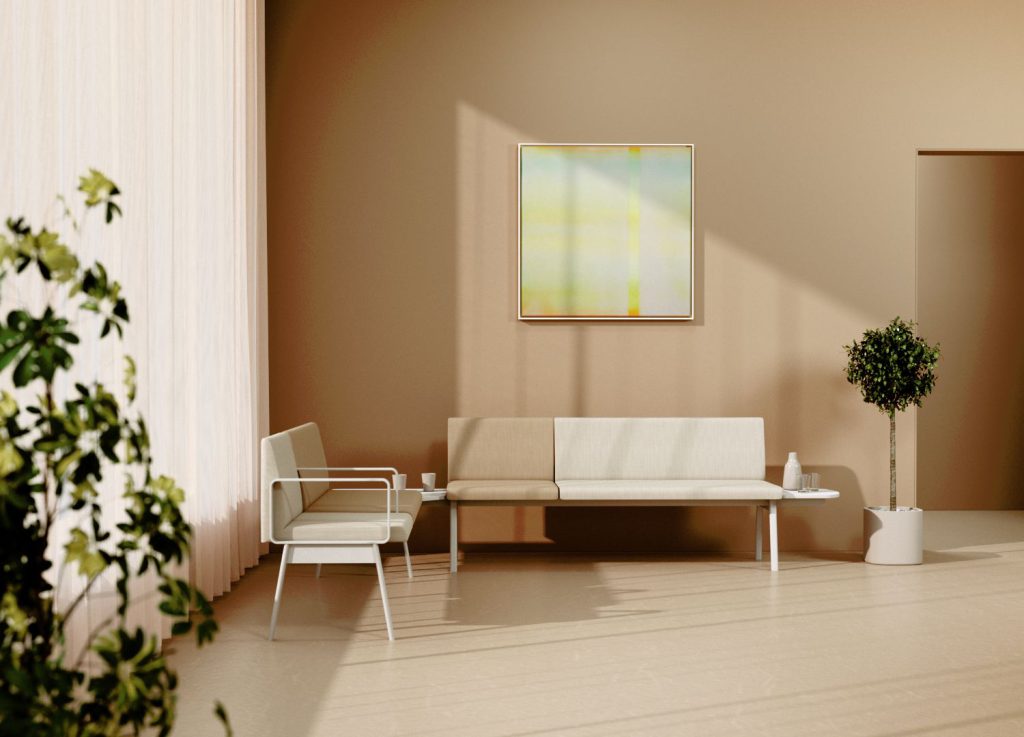
The previous question was prompted by your upcoming project presentation at Milan’s Design Week, which is fully funded by your studio. What motivated you to decide to work independently? And what results can we anticipate from this initiative?
Robert Bronwasser’s response:
As I mentioned in my previous answer, I see an important role for designers to show vision and inspire. In addition, as designers who work for the industry, it is very important to have a clear vision of what you think is needed. My presentation in Milan was a good deadline for me to think about how I, as a designer, think about design, and sustainability and how I can apply that vision.
By doing this independently of my clients, you can go one step further. The result is that I have created a new design on four themes that reflect my vision. Not intended for immediate production, but intended as a discussion piece, something to which people can respond.
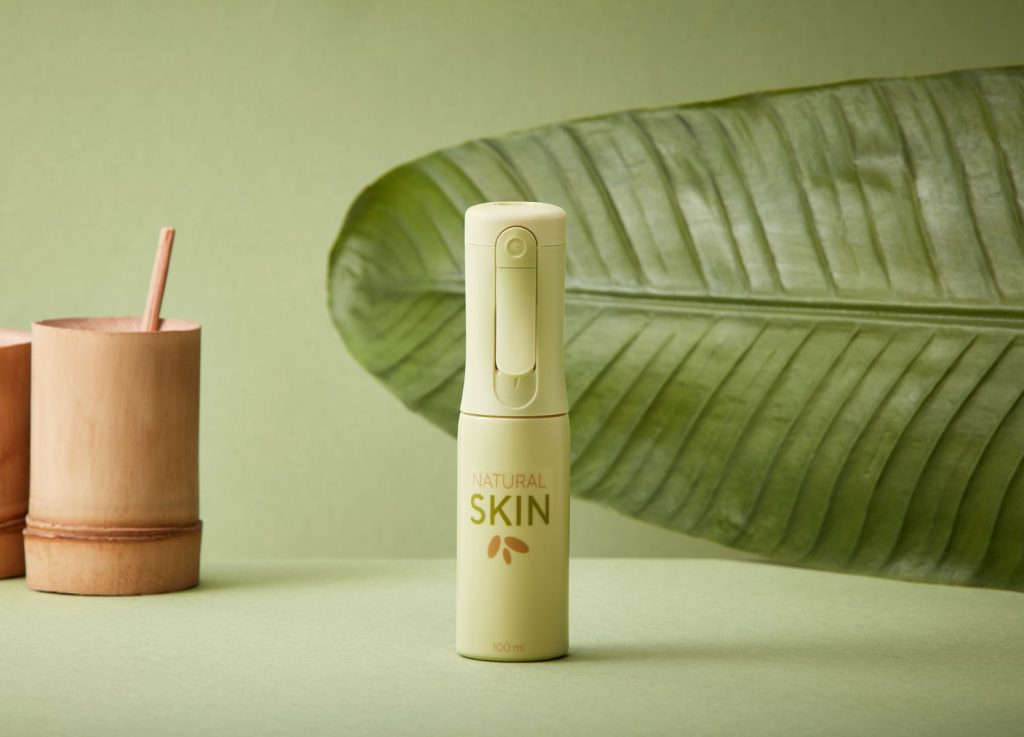
Ultimately, what do you think is good design? What should designers who are looking to make a real impact on people’s lives be inspired by?
Robert Bronwasser ‘s response:
“To me, good design is a product that has a long lifespan and that people enjoy using every day because the usability, design, and quality have been carefully considered. You treat a good product with care and you repair it. Recycling is really only the last resort.”

